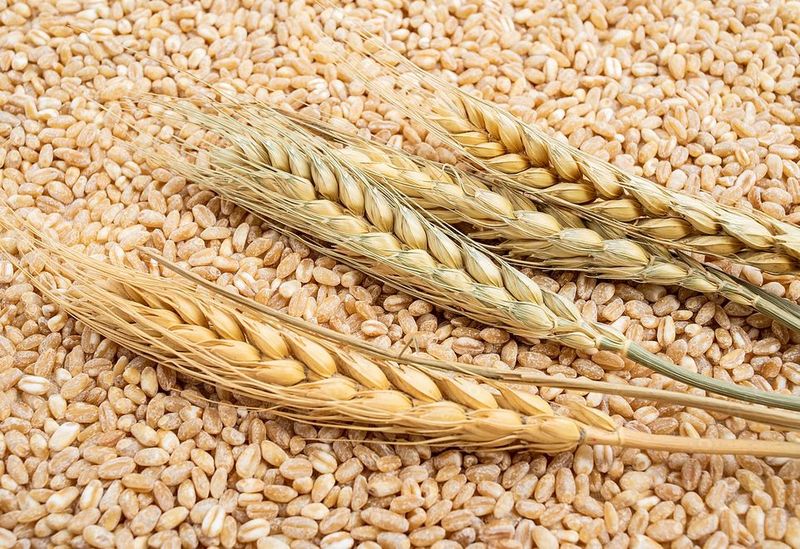Market shrugs off poor U.S. wheat start

The wheat market is shrugging off one of the worst starts to the U.S. winter wheat crop in decades.
An estimated 34 percent of the crop was rated good-to-excellent as of Nov. 29, which was the U.S. Department of Agriculture’s last weekly Crop Progress report for 2022.
It is the second worst score dating back to 1987 for that time of year.
Following the release of that report, a “devastating” freeze hit Kansas and Texas during the second last week of December.
Kansas wheat futures had a ho-hum response to all the bad news coming out of the southern U.S. Plains.
“Normally you would see a major reaction,” said Jim Roemer, meteorologist and commodity adviser with Best Weather Inc.
“This is really the worst wheat crop in the Plains in at least 20 years and now you have a freeze on top of that.”
In fact, Kansas wheat prices have been trending down, falling about 16 percent between Oct. 10 and Dec. 22.
Roemer said the market hasn’t rallied because of forecasts of a waning La Nina weather system.
Many meteorologists are now predicting neutral conditions or a weak El Nino by spring, which would help boost wheat production prospects around the globe.
“The market is not getting excited because the potential exists for bigger crops in Europe, Russia and Canada next spring and summer,” he said.
The U.S. would be lucky to see trend line yields even if it does get decent spring rains due to the dismal condition of the winter wheat crop.
However, if the forecasters are wrong and problems emerge in the United States and a couple of other key export markets, watch out.
“Then we could go absolutely crazy and rally two or three dollars,” said Roemer.
“But right now, I don’t expect that to happen.”
There are potential problem areas around the world, according to the GEOGLAM Crop Monitor.
Conditions in the European Union are generally favourable, but there was delayed sowing in the southern countries due to low soil moisture levels.
There has been persistent dryness in Ukraine’s Odesa region and disruptions/security concerns in the southern and eastern portions of the country due to the ongoing war.
Turkey is experiencing dry conditions in western regions.
There are concerns in most areas of North Africa because of delayed and below-average rainfall from October to December.
There has also been dryness in the southern Caucasus region of Russia but generally favourable conditions in the rest of the country.
So, there are some trouble spots, but it is too early to get overly concerned because crops can easily recover with decent spring rains.
Roemer thinks the odds of a big shock with global wheat yields falling five or 10 percent below trend line is probably unlikely given the forecast for a waning La Nina.
Read also
Wheat in Southern Brazil Impacted by Dry Weather and Frosts
Oilseed Industry. Leaders and Strategies in the Times of a Great Change
Black Sea & Danube Region: Oilseed and Vegoil Markets Within Ongoing Transfor...
Serbia. The drought will cause extremely high losses for farmers this year
2023/24 Safrinha Corn in Brazil 91% Harvested
Write to us
Our manager will contact you soon



